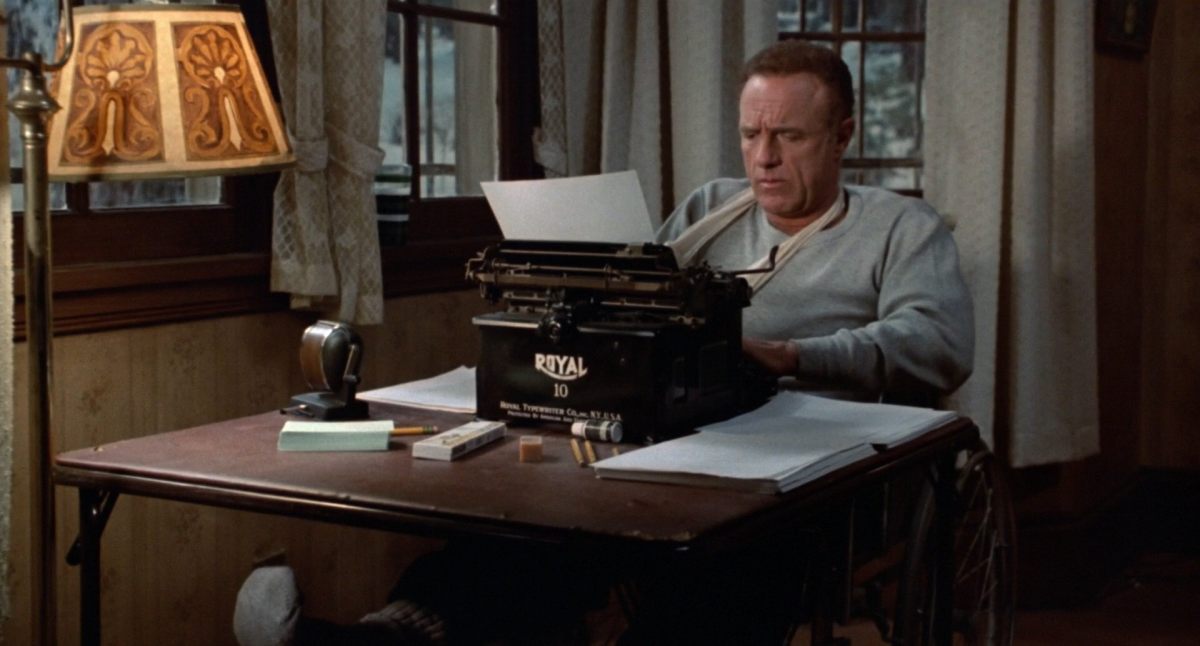
“Maybe you will and maybe you won’t,” said he. But he managed to get out a semi-defiant sentence. And that’s quite a trick on Crane’s part.įinally Jimmie, driven to aggression, walked close to the fence and said to the new boy, “The first time I catch you out of your own yard, I’ll lam the head off’n you.” This was received with wild plaudits by the Whilomville urchins.īut the new boy stepped back from the fence. It’s a new and surprising variation on the same theme. I won’t spoil the ending, but let’s just say it’s really good. He understands the feelings involved so well, he can push and twist the plot in nuanced ways to show the reader just how complex this idiotic pride really is. The reader can laugh if they want he doesn’t seem to care.Īnd even as you know very early on that an exposure of the boys’ fighting words is central to the story, there are surprises yet. There is humor inherent to the children’s hollow boasts, of course.

But where Twain can’t ever resist emphasizing the humor, Crane is all about realism. The boys are caught up in honor and bravery but seem to miss the forest for the trees in their rush to save face before the mob mentality of their peers. “The Fight” throws the reader into 1880s small-town New York. Crane’s series of semi-autobiographical stories set in the fictional town of Whilomville are pretty great. We begin a week of Crane stories on the SSMT website with a perhaps surprising foray into children’s literature.


We all know Stephen Crane for Red Badge Of Courage, but he wrote a little bit of everything in his all-too-brief life. Revealing the psychology behind a boys’ fight


 0 kommentar(er)
0 kommentar(er)
